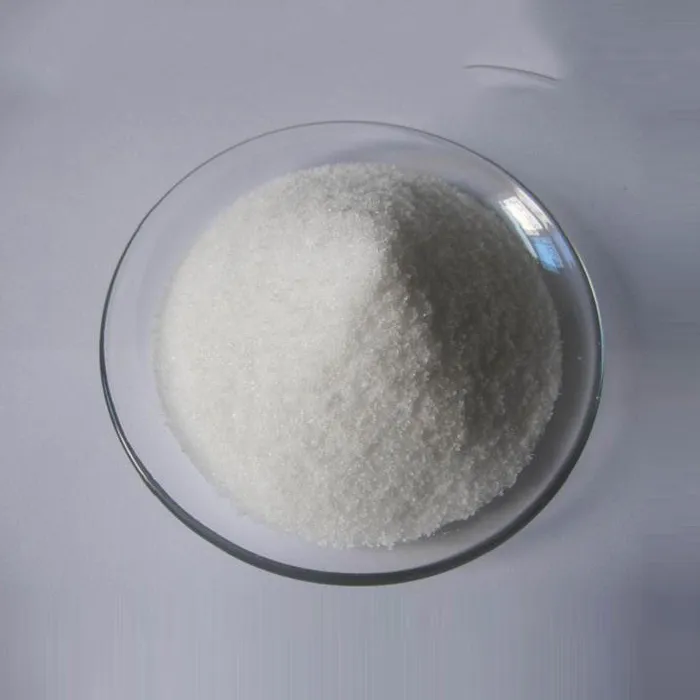Understanding the API Pharma Process A Comprehensive Overview
In the world of pharmaceuticals, the active pharmaceutical ingredient (API) is the core of any drug product. APIs are the substances in a drug that are biologically active and are responsible for the intended therapeutic effect. The process of API development and manufacturing is intricate and involves several key stages, from initial research and development to commercial production. This article delves into the crucial phases of the API pharma process, highlighting the essential aspects that ensure the successful development of safe and effective medications.
1. Research and Development (R&D)
The API pharma process begins with extensive research and development. This stage is pivotal as it lays the groundwork for the entire drug development cycle. During R&D, scientists focus on identifying new drug candidates through various methods, including computer-aided drug design, high-throughput screening, and medicinal chemistry.
Once a potential API is identified, preclinical studies commence, which involve both in vitro (test tube experiments) and in vivo (animal studies) testing. These studies assess the efficacy, toxicity, pharmacokinetics, and pharmacodynamics of the drug candidate, helping to ensure that it holds promise for treating specific conditions. Preclinical data is crucial for justifying the progression to human trials.
2. Scale-Up and Process Development
Upon successful completion of preclinical studies, the API enters the scale-up and process development stage. This involves transitioning the laboratory synthesis of the API to a larger scale, suitable for commercial production. During this phase, process chemists focus on optimizing the synthetic route to improve yield, reduce impurities, and enhance the overall efficiency of the manufacturing process.
Process development may involve various methods such as selection of appropriate raw materials, optimization of reaction conditions, and implementation of cost-effective purification techniques. The goal is to create a robust, reproducible, and scalable process that meets regulatory standards.
3
. Quality Control and AssuranceQuality control (QC) and quality assurance (QA) are critical components of the API pharma process. Regulatory agencies, such as the FDA and EMA, impose stringent guidelines to ensure that APIs are manufactured consistently and meet high-quality standards.
api pharma process

Quality control involves systematic testing of starting materials, in-process samples, and final products to verify their identity, potency, purity, and overall quality. Implementing Good Manufacturing Practices (GMP) is essential to mitigate risks associated with contamination and ensure product integrity.
On the other hand, quality assurance encompasses the overall system of policies and procedures that govern manufacturing processes, including documentation, training, and compliance with regulatory requirements, ensuring that all manufacturing activities meet required standards.
4. Regulatory Approval
Once the API process is fully developed and validated, the next step is to seek regulatory approval. This process often involves submitting a New Drug Application (NDA) or Investigational New Drug (IND) application to authorities. The submission includes comprehensive data on the API’s chemistry, manufacturing, controls, preclinical studies, and clinical trials.
Regulatory bodies conduct rigorous reviews of this data to evaluate the safety and efficacy of the API before it can be marketed. This phase is often lengthy and can take several months to years, depending on the complexity of the drug and the regulatory landscape.
5. Commercial Production
Upon receiving approval, the API is ready for commercial production. At this stage, pharmaceutical companies manufacture the API in large quantities, often involving an intricate supply chain for raw materials and the establishment of production facilities that comply with GMP.
Commercial production also necessitates ongoing quality control measures to ensure each batch meets pre-defined specifications. Continuous monitoring and evaluation during this phase help maintain compliance with regulatory mandates and ensure that the API remains safe and effective for public consumption.
Conclusion
The API pharma process is a complex journey from the initial discovery of a drug candidate to its eventual production and market release. Each phase is essential in developing safe, effective, and high-quality APIs, which serve as the foundation for pharmaceutical products that improve health and enhance the quality of life for millions. Understanding this process is crucial for stakeholders across the pharmaceutical industry, as it highlights the critical elements needed to navigate the challenges of drug development successfully.

